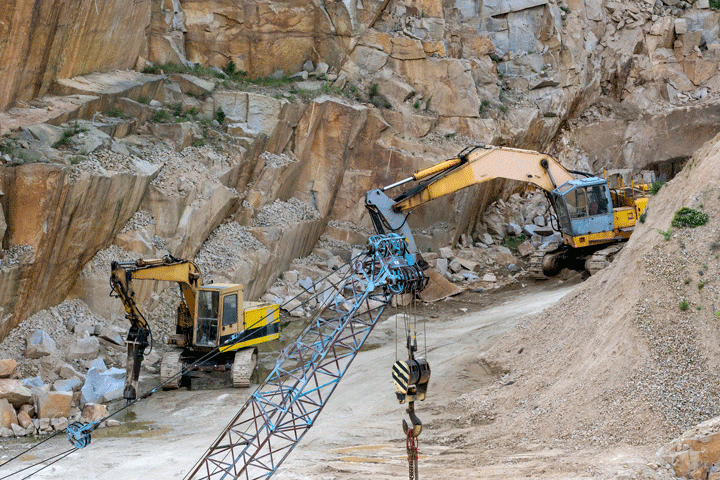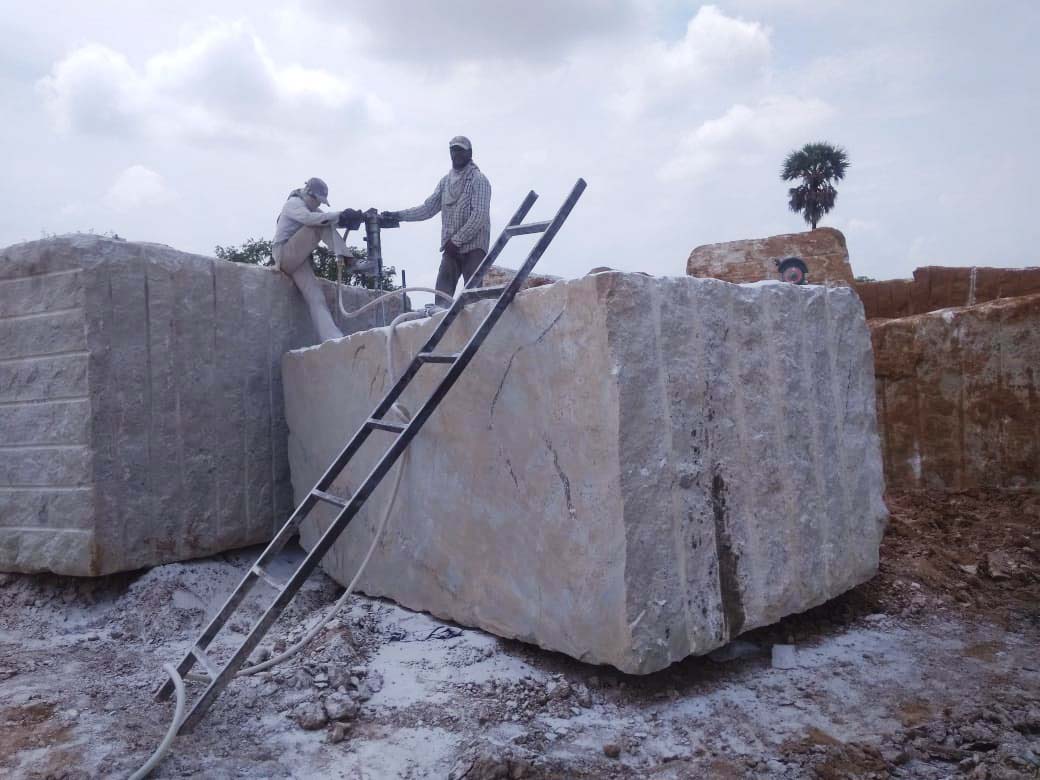Exploring Granite Quarries in South Africa: A Comprehensive Overview
Exploring Granite Quarries in South Africa: A Comprehensive Overview
Blog Article
Uncovering the Rich Background and Sustainable Practices of Granite Quarrying
As we stand on the precipice of revealing the elaborate tapestry of granite quarrying, a trip via time exposes not simply the physical act of removing stone however additionally the cultural and historical importance woven into the very fabric of this practice. From the ancient origins that laid the structure for modern quarrying techniques to the lasting methods that are forming the future of this industry, each carve mark on granite surface areas narrates waiting to be unearthed (granite quarries in south africa). The legacy of granite quarrying stretches far beyond plain extraction; it is a testament to human resourcefulness, resilience, and the enduring appeal of this stunning rock
Old Origins of Granite Quarrying
Going back to old civilizations, the method of quarrying granite has actually been an essential component of human background and architectural development. The earliest evidence of granite quarrying days back to old Egypt, where large pyramids and detailed sculptures were crafted from this sturdy stone. The Egyptians utilized primitive tools to remove granite blocks from quarries, showcasing the relevance of this material in their significant building and constructions.
Relocating forward in history, the Greeks also made considerable contributions to the quarrying of granite. The Greeks utilized granite in different architectural marvels, such as temples and sculptures, showing their ability in shaping and sculpting this durable stone. The Romans further fine-tuned the methods of quarrying granite, using innovative tools like blades and hammers to essence and shape granite for their renowned frameworks.
Via the centuries, the method of quarrying granite has actually advanced, with modern technologies enhancing effectiveness while keeping the ageless allure of this natural stone - granite quarries in south africa. From old civilizations to modern builders, the heritage of granite quarrying proceeds to shape our world
Advancement of Quarrying Methods
The evolution of quarrying strategies has been noted by a continuous progression in the direction of higher performance and precision in removing granite. Early quarrying techniques entailed hands-on labor with fundamental devices such as chisels, hammers, and wedges to draw out granite blocks from the earth.
In even more current times, the introduction of machinery reinvented the quarrying industry, making it possible for much faster extraction rates and raised productivity. Technologies such as ruby cable saws, high-pressure water jets, and pneumatic drills have actually become conventional in modern quarries, permitting accurate cutting and decreased waste. Improvements in computer-controlled devices and 3D modeling have optimized quarrying operations, leading to minimal environmental impact and enhanced sustainability methods. As the demand for granite remains to rise, the evolution of quarrying techniques stays essential to meeting sector requires successfully and sustainably.
Cultural Importance of Granite
Granite holds a profound social value throughout different human beings due to its long-lasting visibility in architectural work of arts and prized monuments. The cultural value of granite prolongs past its physical attributes; it personifies strength, stability, and eternity, making it a symbol of sustaining legacies and traditions.

Lasting Practices in Quarrying
Among the abundant history of granite quarrying and its social importance lies a growing emphasis on lasting techniques within the sector. As ecological recognition and concerns regarding resource exhaustion have actually enhanced internationally, the quarrying market has progressively welcomed sustainable methods to decrease its influence on the environment and bordering neighborhoods.

In addition, recovery and rehabilitation of quarry websites post-extraction are integral to sustainable techniques. By recovering quarried areas to an all-natural or advantageous state, such as creating wild animals environments or entertainment rooms, quarriers can balance out the ecological impact of their operations and add positively to the local ecological community.
Heritage of Granite Quarrying
With a historical background steeped in workmanship and commercial progress, what enduring influence has granite quarrying left on the landscape of contemporary society? The heritage of granite quarrying goes beyond simple extraction methods; it has actually shaped architectural marvels, urban landscapes, and social heritage worldwide. The resilient nature of granite has made it a recommended option for monuments, buildings, and infrastructure, standing as a testament to the ability and virtuosity of quarry employees throughout generations.
Additionally, the economic impact of granite quarrying can not be ignored. The market remains to supply employment chances and drive neighborhood economic climates in regions where granite removal is common. It has actually also stimulated technological innovations in quarrying strategies and devices, bring about a lot more efficient and lasting practices.
In terms of sustainability, the legacy of granite quarrying consists of initiatives to reduce ecological impacts with recovery jobs and accountable resource administration. By stabilizing financial passions with environmental stewardship, the industry aims to make certain that future generations can continue useful link to gain from this enduring natural deposit.
Verdict

Report this page